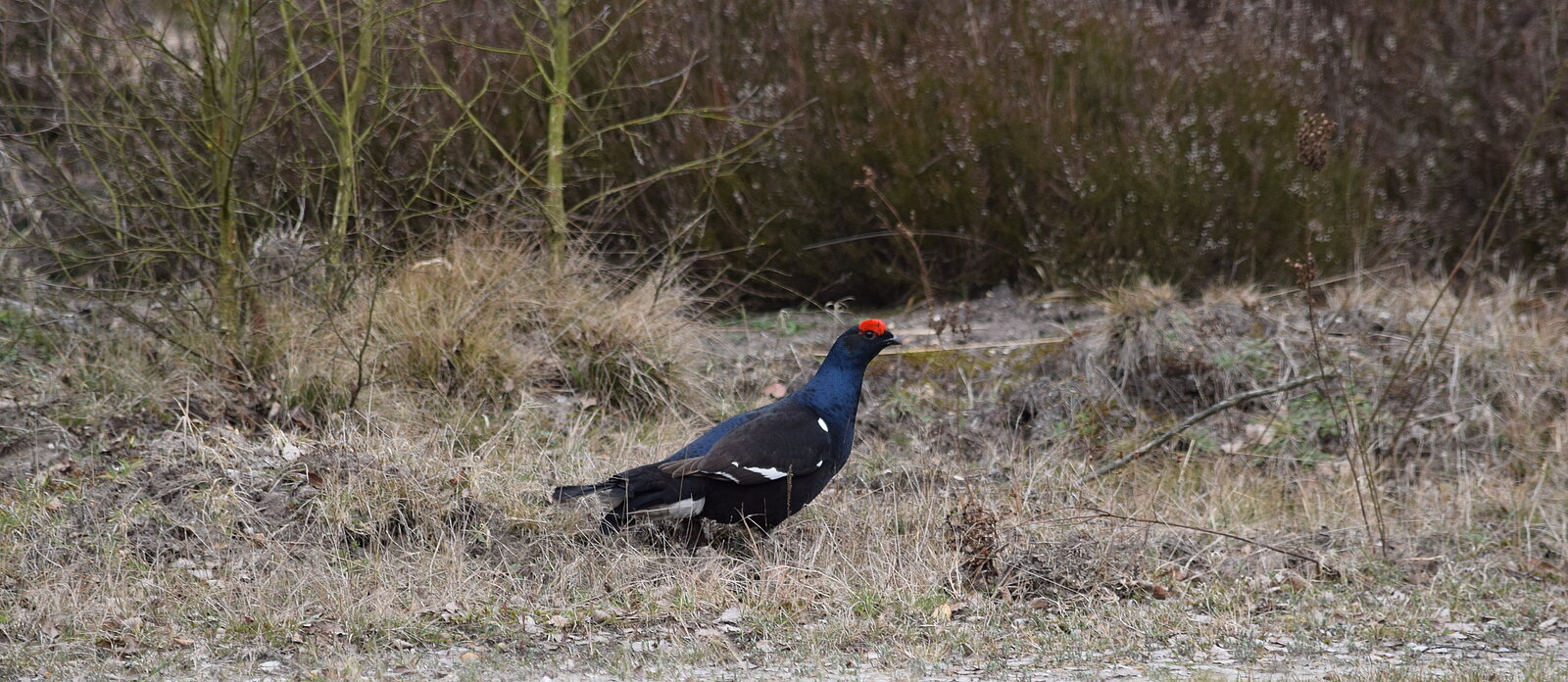
| Project data | |
|---|---|
| Project leader: | Prof. Prof. h. c. Dr. Ursula Siebert |
| Scientific staff: |
Dr. Ulrich Voigt, Dr. O. Keuling, Dr. D. Tost |
| Project term: | January 2020 until August 2023 |
| Sponsorship: | Ministry of Food, Agriculture and Consumer Protection of Lower Saxony |
The aim of this project is to study the spatio-temporal behavior of predators in black grouse habitats in the context of the local predator management and landscape maintenance measures. In order to improve the biotope management, it is important to understand the seasonal and diurnal movement patterns of predators within black grouse habitats, and to know which structures are preferred or avoided. This can reveal areas of potential predatory risk in the different phases of life of black grouse (brood, chicks, juveniles, yearlings), which can be reshaped e.g. by landscape maintenance measures and thus be made unattractive for predators. In addition, the telemetry results are of fundamental importance for an improved predator management. So we can deduce suitable locations for live traps from predators’ rearing grounds and their habitat use or reduce the immigration of predators from adjacent territories respectively.
In this project, the following questions and goals will be dealt with:
a. What landscape elements are used by specific predators (goshawk, fox, marten) in core habitats of black grouse and the surrounding woodlands and farmlands (edge-effect)?
b. Is there a seasonal preference for landscape elements, especially during rearing period or in winter?
c. Calculation of predator densities (mammals only) using camera trap monitoring and estimation of the effectiveness of predator hunting
d. How can the various management concepts be improved for black grouse protection within two major black grouse biotopes (nature reserve Lüneburg Heath and firing range Rheinmetall) after perception of the predator density and habitat use?
Additional research on genetic exchange of scattered subpopulations, genetic diversity, migration and habitat connectivity may be supported. The “Action Plan Black Grouse Lüneburg Heath” will be advanced by scientific expertise and research.
Contact person
University of Veterinary Medicine Hannover, Foundation
Institute for Terrestrial and Aquatic Wildlife Research
Bischofsholer Damm 15
30173 Hannover
Dr. Ulrich Voigt
Tel.: +49 511 856-7549
E-Mail


